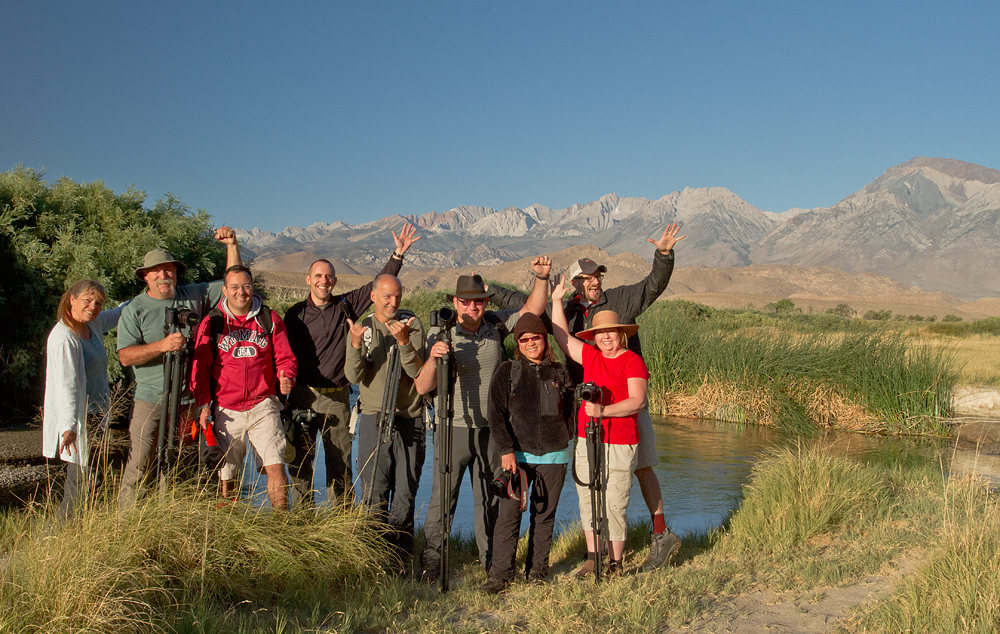
|
|
|||||
The California high desert region on the east side of the Sierra is a photographer's playground. From arches framed by granite boulders, cactus and wildflowers, cattail-lined rivers and streams, to the rugged peaks of the Sierra, there is always something of photographic interest &emdash; in any season. So on a hot summer evening, the town of Bishop was the jumping off point for Aperture Academy instructors, Brian Rueb and Jean Day, along with eight eager and adventurous students willing to make the trek for a weekend of bootcamp-style photography.
Friday evening began with an orientation of the weekend plans and a chance for Brian and Jean to get to know their students and learn current skill levels, gear of choice, and what each individual hoped to gain from their experience in taking their photography to the next level. With a basic itinerary in place and questions answered, it was time for sleep before the crew began their first day at 4:30AM.
Saturday morning, the group was awake and all smiles for the drive in the ApCab van to Lone Pine, and a sunrise shoot at Mobius Arch in the Alabama Hills. Arriving pre-sunrise, Aperture Academy students had the iconic location all to themselves as they learned and practiced how to capture the graceful curves of the arch, viewing Mt. Whitney and the Sierra bathed in alpenglow.
Some students also took the opportunity to squeeze into position for shots of the Sierra crest through the smaller, but also iconic, Lathe Arch. This helped them learn the use of smaller apertures to get the best depth of field from a close foreground object and more distant background.
 The shapes and textures of the granite and volcanic rock in the area were explored as our gang wandered through the hills in the early morning light. Abstract and compression shots of the boulders with the Sierra in the background and intimate shots of barrel and cotton top cactus made for interesting and unique photographic studies.
The shapes and textures of the granite and volcanic rock in the area were explored as our gang wandered through the hills in the early morning light. Abstract and compression shots of the boulders with the Sierra in the background and intimate shots of barrel and cotton top cactus made for interesting and unique photographic studies.
After a quick post-sunrise stop for some morning coffee and breakfast snacks, the team drove back up the road near the town of Independence to explore the Owens Valley and river tributaries. Many sloughs wind their way through the flatlands bringing water to farms and ranch lands and make for some great reflection shots and more intimate views of the lush green waterways.
 A good dousing of mosquito repellant was necessary and shared by all, but did not deter anyone from their goals or interests. Students enjoyed their personal creativity, getting Americana shots with an old corral and compression shots using a longer focal length for a long straight road leading out to the distant mountains.
A good dousing of mosquito repellant was necessary and shared by all, but did not deter anyone from their goals or interests. Students enjoyed their personal creativity, getting Americana shots with an old corral and compression shots using a longer focal length for a long straight road leading out to the distant mountains.
Our first morning of shooting seem to end too quickly, and the group returned to the motel to spend the hottest time of day getting some much needed sleep and refueling before a long and exciting night up at the Schulman Grove in the Bristlecone Pine Forest of the White Mountains.
Traveling up the winding White Mountain Road, a stop at Vista Point was made so students could have the chance to breathe in the thinner air and acclimate themselves going from approximately 4000' to 10,000' in a short amount of time.
The spectacular view we enjoyed, stretching across the Owens Valley to the Sierra and the town of Bishop below it, was just a precursor to the evening ahead. Arriving at the Schulman Grove in late evening, students had a chance to explore the ancient bristlecones along the trail.
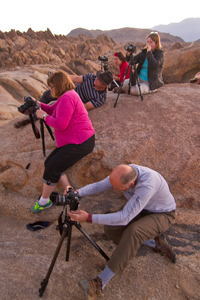 The uniquely gnarled branches of the bristlecones made great frames for the nearly full moon, offering interesting and entertaining composition opportunities. With our location reached, it was time to set up for shooting an iconic bristlecone pine at sunset, which was the subject for light painting and star trails through the night.
The uniquely gnarled branches of the bristlecones made great frames for the nearly full moon, offering interesting and entertaining composition opportunities. With our location reached, it was time to set up for shooting an iconic bristlecone pine at sunset, which was the subject for light painting and star trails through the night.
There were many opportunities to shoot in the varying degrees of light as darkness fell, giving everyone a chance to set up for the best vantage point according to their focal lengths and sensor frames. Under the light of the moon, some light painting with a flashlight was still necessary to highlight the shadowed areas of the tree and students were given opportunity to capture it from blue hour to the first hint of starlight.
Shorter exposures were used for pinpoint star shots, until it was time for longer exposures to create the curves of star trails wrapping their way around the old bristlecone. Some students had intervelometers to automatically time their shots, while Jean and Brian used the timers on their cell phones to help the students know when to start and stop the five minute exposures used.
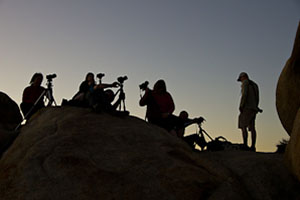 Today's technology is often surprising as even at 10,000' ft. in basically the middle of nowhere. People were able to post to Facebook, informing friends of their adventures, and even to watch silly YouTube videos for some fun entertainment while cameras kept clicking away.
Today's technology is often surprising as even at 10,000' ft. in basically the middle of nowhere. People were able to post to Facebook, informing friends of their adventures, and even to watch silly YouTube videos for some fun entertainment while cameras kept clicking away.
Before leaving these ancient wonders, we turned our attention to a larger bristlecone for more pin point star shots, where Brian used a red light to paint the already orange-red bark of the tree. Everyone gasped (and then had a good laugh) at the bloody red scene on their displays and subsequently, adjustments were made in lighting and white balance for more acceptable and pleasing results.
Somewhere near midnight it was time to get back to the hotel in Bishop and catch about 3-4 hours of sleep before heading out for the next morning's sunrise. Tired and groggy, but all smiles, this intrepid group was ready for the drive out to the Chalk Bluff area for sunrise at George's Tree along the Owens River.
 Leading lines and "s" curves helped students frame their scenes, getting the alpenglow along the Sierra Crest with longer exposures to smooth the flow of the river. Time was also spent with intimate detail shots of reeds, cattails and web-covered weeds glistening with dew in the early morning light.
Leading lines and "s" curves helped students frame their scenes, getting the alpenglow along the Sierra Crest with longer exposures to smooth the flow of the river. Time was also spent with intimate detail shots of reeds, cattails and web-covered weeds glistening with dew in the early morning light.
Next, the group did some adventuring along the Fish Slough Road to hunt for petroglyphs. More lizards were found than ancient art, but it was still a nice morning for exploring and getting creative shots in the volcanic tablelands.
After filling memory cards, we headed back to the hotel again to catch up on sleep, have a meal and then get ready with iPads and laptops to meet in the afternoon for image review. This is always a welcome time; for the instructors to see how well students are doing, and for students to get questions answered on composition, exposure and processing, and get tips and information on applications for processing their shots. It's also a nice down-time for everyone to get to know each other and just enjoy each others' company between shooting.
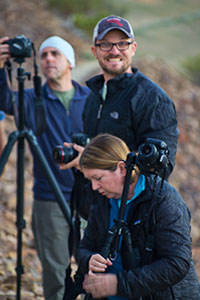 Following meals and a bit more rest, it was time to leave for a final destination up Bishop Creek Canyon into the Sierras. The first stop was at the beautiful blue South Lake to capture the evening light on the Sierra, granite boulders, and lake reflections.
Following meals and a bit more rest, it was time to leave for a final destination up Bishop Creek Canyon into the Sierras. The first stop was at the beautiful blue South Lake to capture the evening light on the Sierra, granite boulders, and lake reflections.
A range of compositions were found using leading lines of the rocky shore, smaller f-stops for depth of field, polarizing filters to reduce glare on the water, and grad filters to bring into balance the highlighted mountains with the shadowed lake level foreground. Next, the group stopped at the popular Weir pond to capture the fishermen making some great catches themselves, as well as an abundance of wildflowers that bloom at this high elevation in mid to late summer.
 Having our groups travel together in the ApCab is not only a convenience, but offers a chance for camaraderie and friendships to develop. Photography is not always the only subject discussed, such as on this trip, when Brian's stories of his intense fear of bugs and wildlife in general produced many laughs and also sparked a segue into the Darwin Awards.
Having our groups travel together in the ApCab is not only a convenience, but offers a chance for camaraderie and friendships to develop. Photography is not always the only subject discussed, such as on this trip, when Brian's stories of his intense fear of bugs and wildlife in general produced many laughs and also sparked a segue into the Darwin Awards.
Having our fill of entertainment at Brian's expense, we made a final stop for sunset at North Lake. A beautiful, small lake nestled in a high mountain canyon. A popular spot for photographers and fishermen, the students were able to capture the still waters framed with alpenglow of the surrounding peaks and the moon reflecting in the lake. As the sun set, attention was given to the surrounding aspen groves for detail shots using the natural leading lines of the trunks, until it was time to head back to Bishop to say our good-byes.
Brian, Jean and the entire Aperture Academy team thank you for joining us on this adventure! We wish you success in furthering your photographic dreams and taking our art to the next level. Happy shooting!
Until next time,
Brian, Ellie, and the rest of Team Aperture Academy
P.S. If you'd like to join us at one of our workshops, you can find the schedule/sign up here.
 |
 |
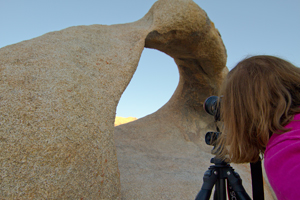 |
 |
 |
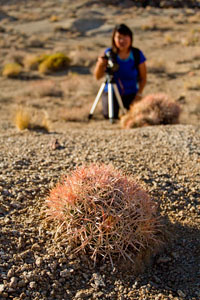 |
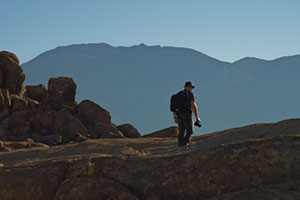 |
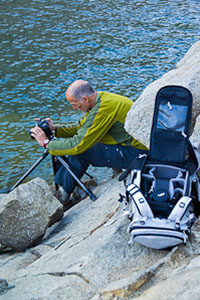 |
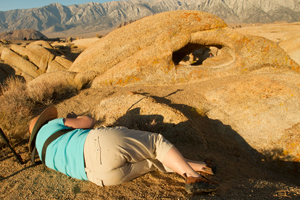 |
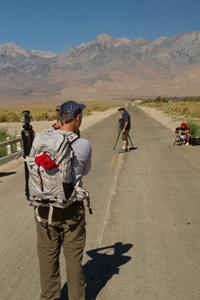 |
 |
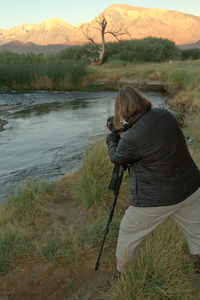 |
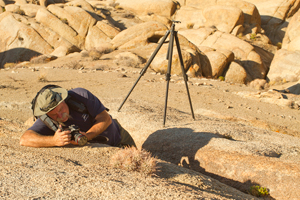 |
 |
 |
 |
 |
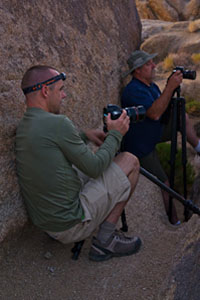 |
 |
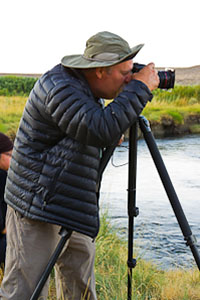 |
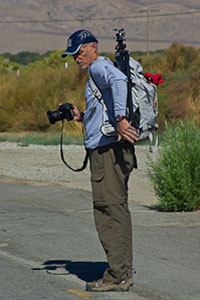 |
 |
 |
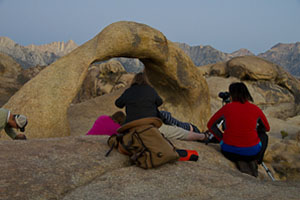 |
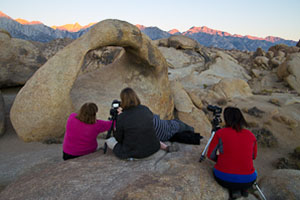 |
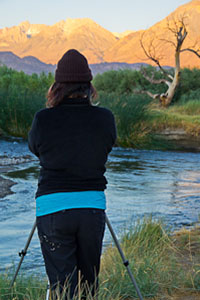 |
 |
 |
 |
 |
 |
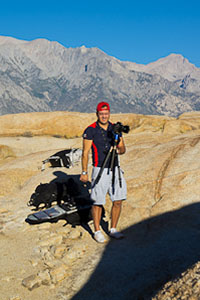 |
 |
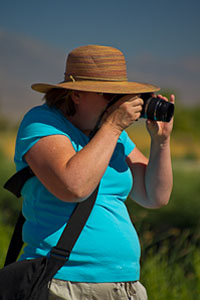 |
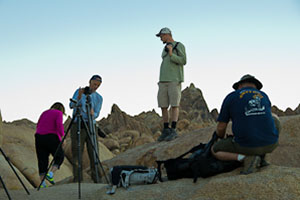 |
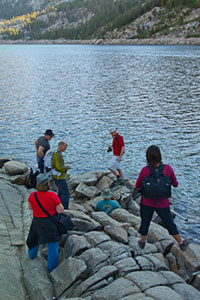 |
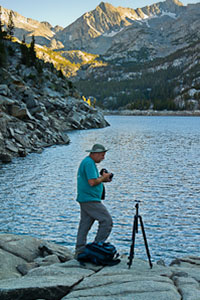 |
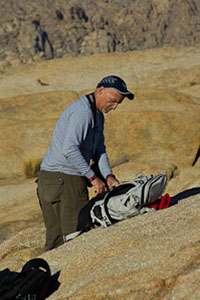 |
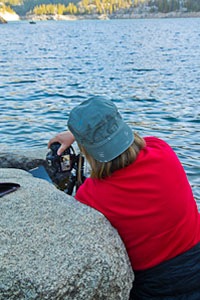 |
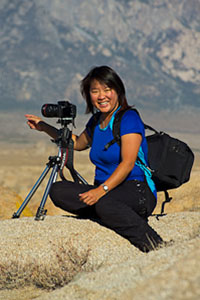 |
 |
 |
 |
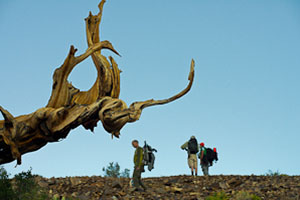 |
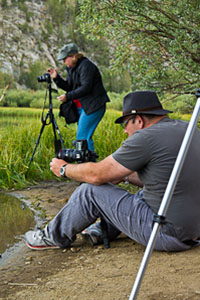 |
 |
 |
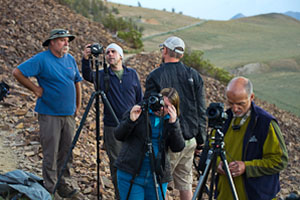 |
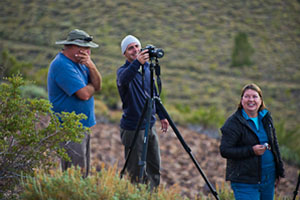 |
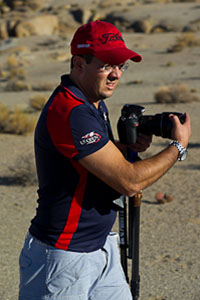 |
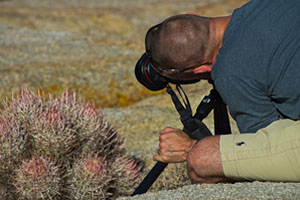 |
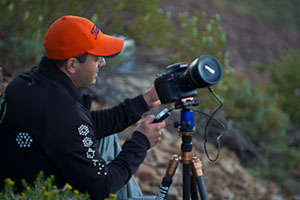 |
 |
 |
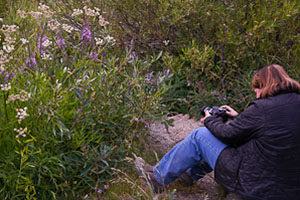 |
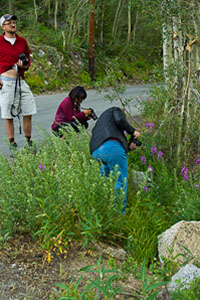 |
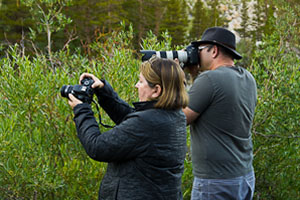 |
|
 |
Other Cool Stuff→ Past Workshop Photos → 72dpi.com → How-To Articles → Photographer of the Month |
 |
Contact Us→ Contact Us → About Us → Site Map |
© 2009-2024 Aperture Academy, Inc.
